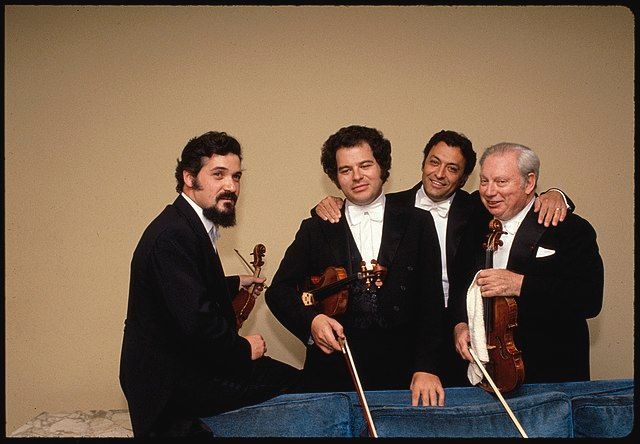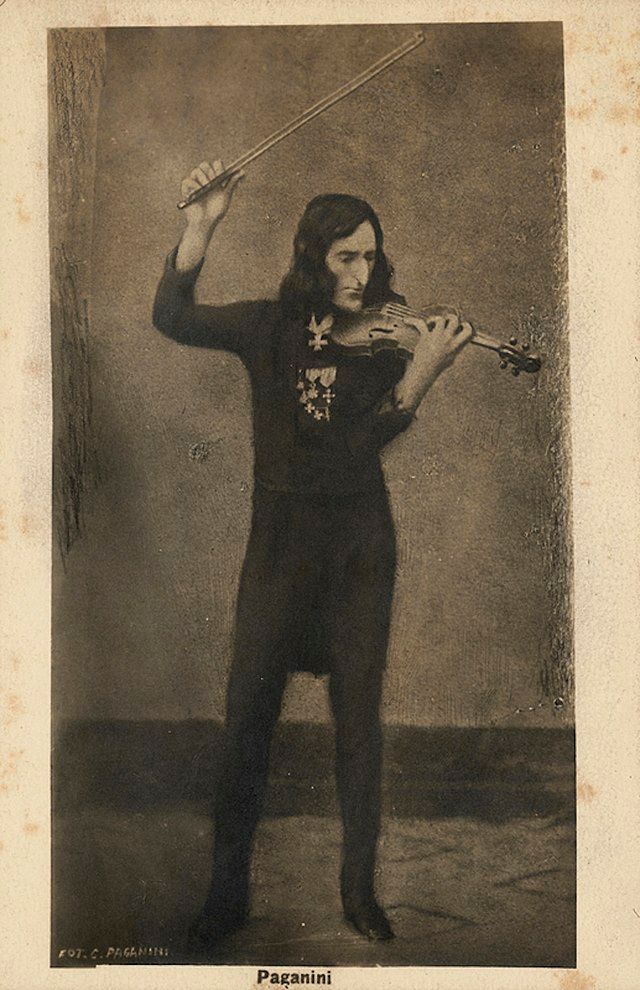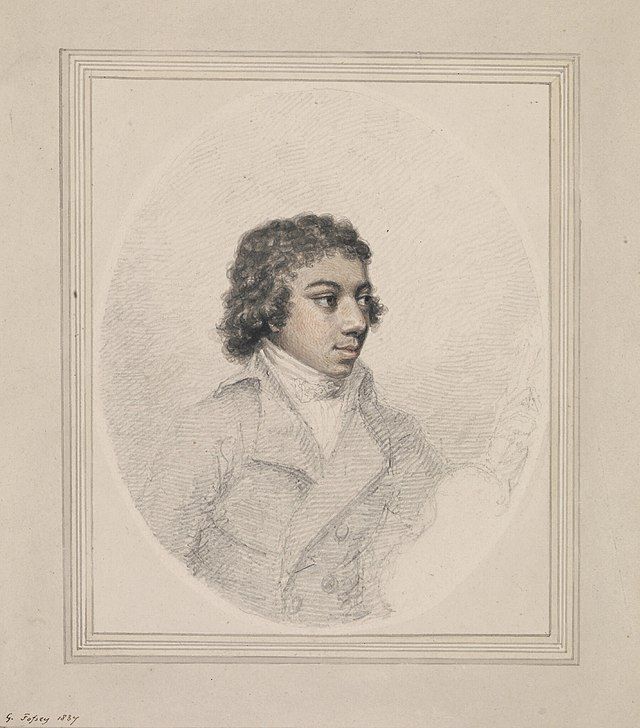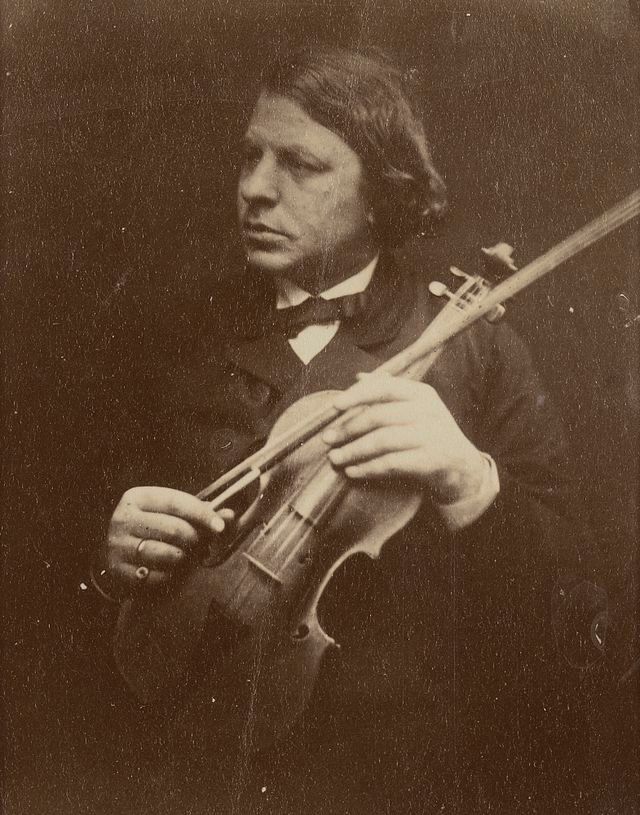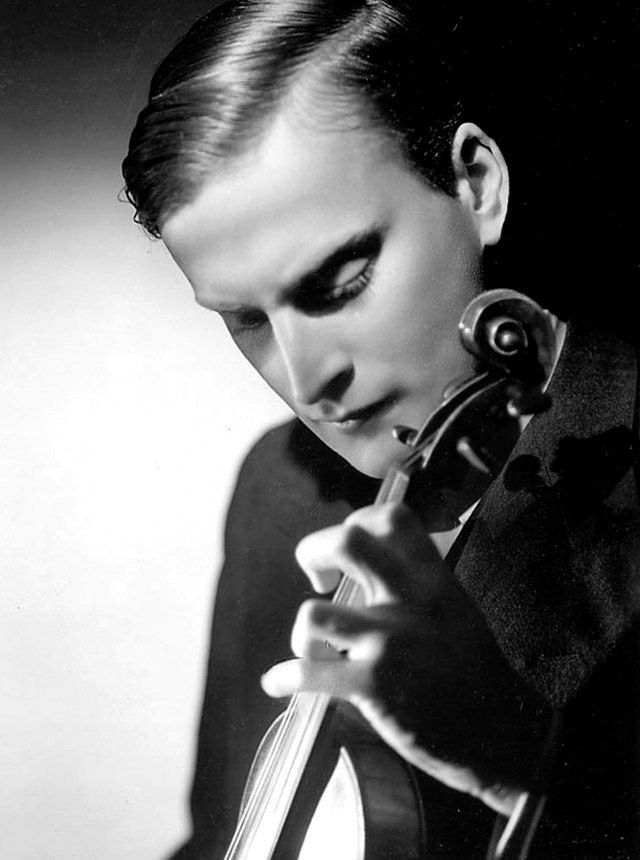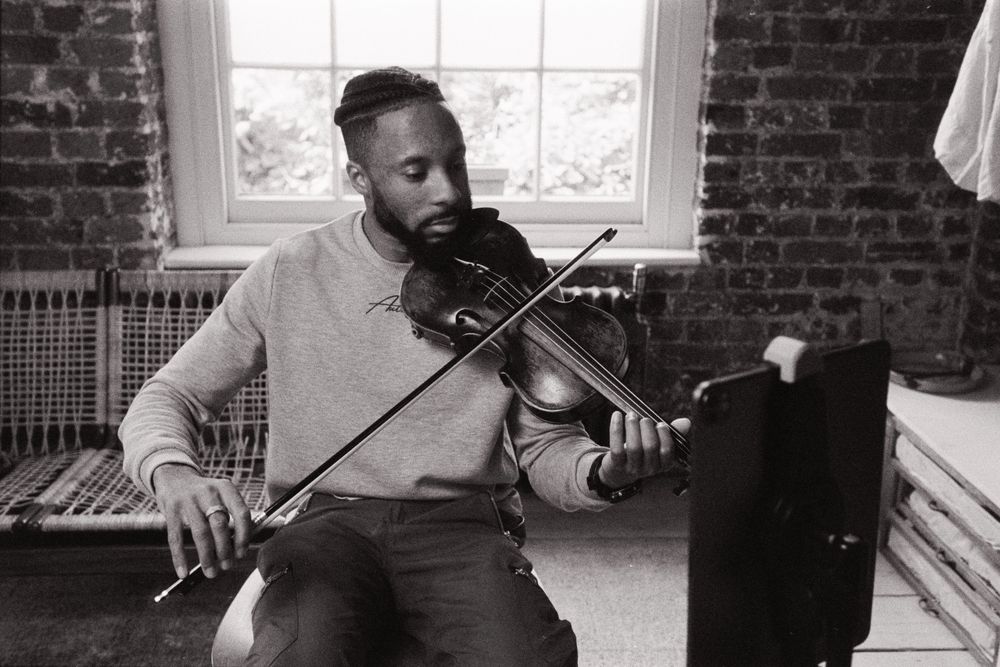In the hands of a great player, the violin is able to perform a role like no other instrument. It can find a natural home in any music genre, span the full breadth of musical expression, and channel virtuosity in the most jaw-dropping way.
The ten individuals below definitely boast those hands. All of them are undisputedly great violin players, and together they represent arguably the best of the world’s achievements in violin performance.
Each of them has left a unique mark on the global story of violin-playing. Some triggered revolutions in technique. Others are famed for their sheer brilliance of ability. Many would bring the music they played to ever wider audiences, while some are unrivalled specialists in particular repertoire.
Find out who’s who.
